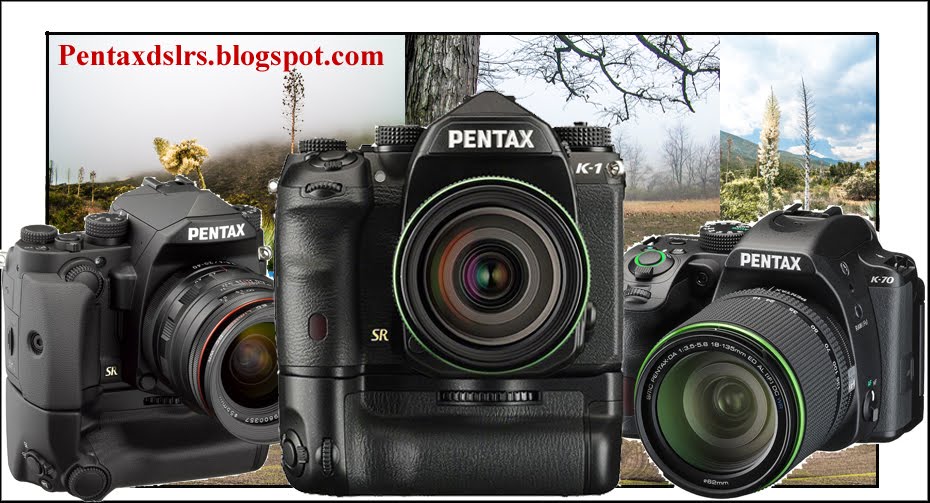Email:
brqyvn@gmail.com
Hi Photographer friends,
This week we are in Jacksonville, Florida. Yesterday I received the Pentax DA Star 60 -250 mm f/4 ED (IF) SDM lens. I was trying to decide where I could use this great zoom lens and realized that Jacksonville has a Zoo.
Early this morning, we headed out to the zoo. I was pleasantly surprised. The last time I was at a zoo, was in San Diego, and we know they have the largest in the Country. Jacksonville has an excellent facility.
My goal for the day was to make images that would appear to have been taken in the animal's natural habitats. It's not that easy because the animals are behind fences, cages, and man made surroundings.
The image to the left, taken by my wife with her iPhone, shows where I was standing to take the first picture. Notice the chain link fence? The image represent the closest position I could get to the leopard.
I shot several images at 250 mm with the largest aperture of f/4, focusing the animal eyes. The chain link fence, being outside of the depth of field, rendered a blurred, ghostly and annoying presence. I would have liked to be against the fence and shoot through the center of the fence opening, but I didn't want to be part of the animal's breakfast. The fence is still apparent in the first photograph.
Using Adobe Photoshop Elements, I used the clone stamp tool to fill the fence area and the brush tool to fill the portion of the animal's coat. I could have spent hours fixing the image, but for the purpose of this post, I worked on it enough to convey the idea. With patience, none of the fence would have remained visible.
The tiger in the next image was behind a thick pane of plexiglass, roaming around in a concrete cage complete with a waterfall and a pool. It was impossible to get close to the animal. Using the zoom lens at 250 mm again, I was able to make the animal looked like it was just a few feet in front of me. I focused on the eyes. (Always focus on the eyes of a live subject. Even if a portion of the subject is not tack sharp, as long as the eyes are, the result will be great). The tiger showing his teeth was a bonus. Framing your subject leaves little room for the background, giving the impression that the shot was taken in the wilderness.

This lion, king of the jungle, is definitely not in the wild. There was no angles that I could have used to eliminate the fenced background. For this image, I duplicated the image in Adobe Photoshop Elements and made it the first layer. I then used the blur filter and blurred the entire image on layer 1. I then superimpose the original image on top of layer 1. Using the eraser tool, I erased the top layer portion showing the fence, as close to the lion as I could without touching it. Then, continuing with the eraser tool, but this time with the brush pattern no. 24, which is a splatter pattern rather than a solid one. It allowed the removal of the fence close to the lion with very little contrast. I finished the edges with the blur tool, also set to the brush pattern no. 24. Again, this was a quick image modification and could have been done better using more time. While modifying an area of an image, it is always easier when enlarging the portion you are working on.


Today, I only posted images of BIG CATS, but I have many images of larger animals, exotic birds, reptiles, and even dozens of butterflies close-up. I reserve those images for future blogs.
Whether you are a thousand miles away from home or in your backyard, photo opportunities are there for you to discover. Go out and take some pictures.
Yvon Bourque
Thank you for reading, Follow us on Facebook and please like us.
Become a better photographer with the e-book written specifically for your Pentax DSLR. Check us out. ebooks4cameras.com





















.jpg)














